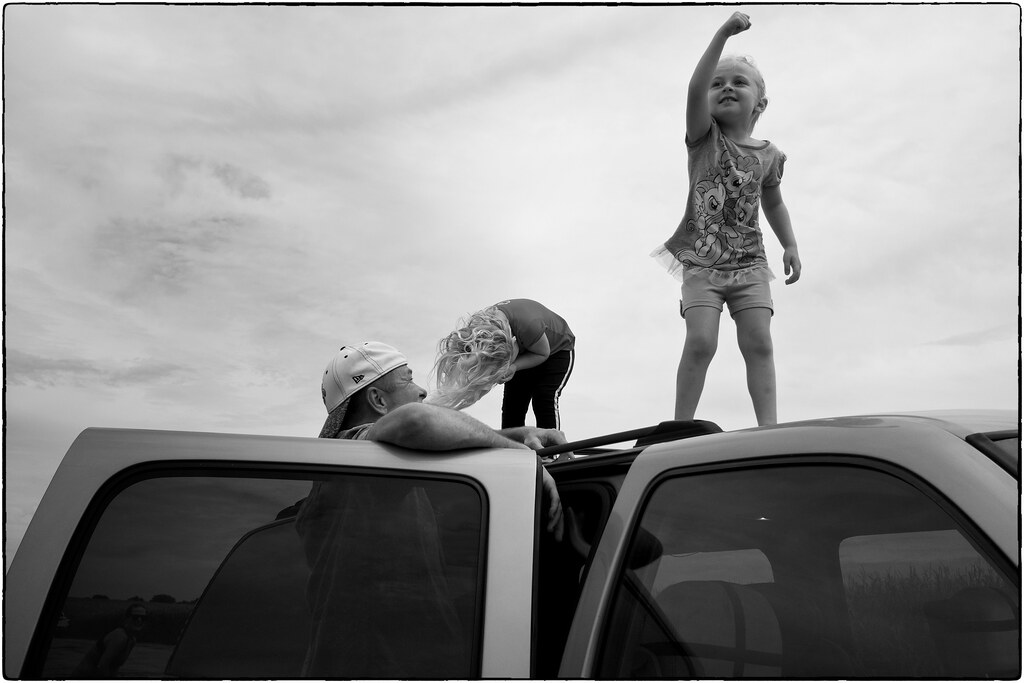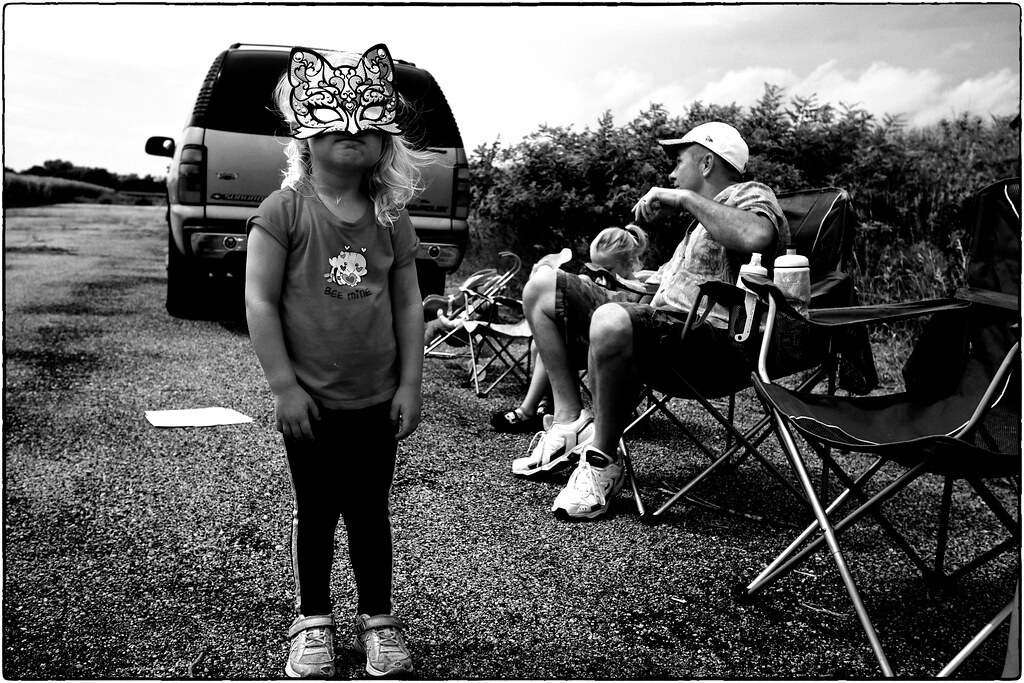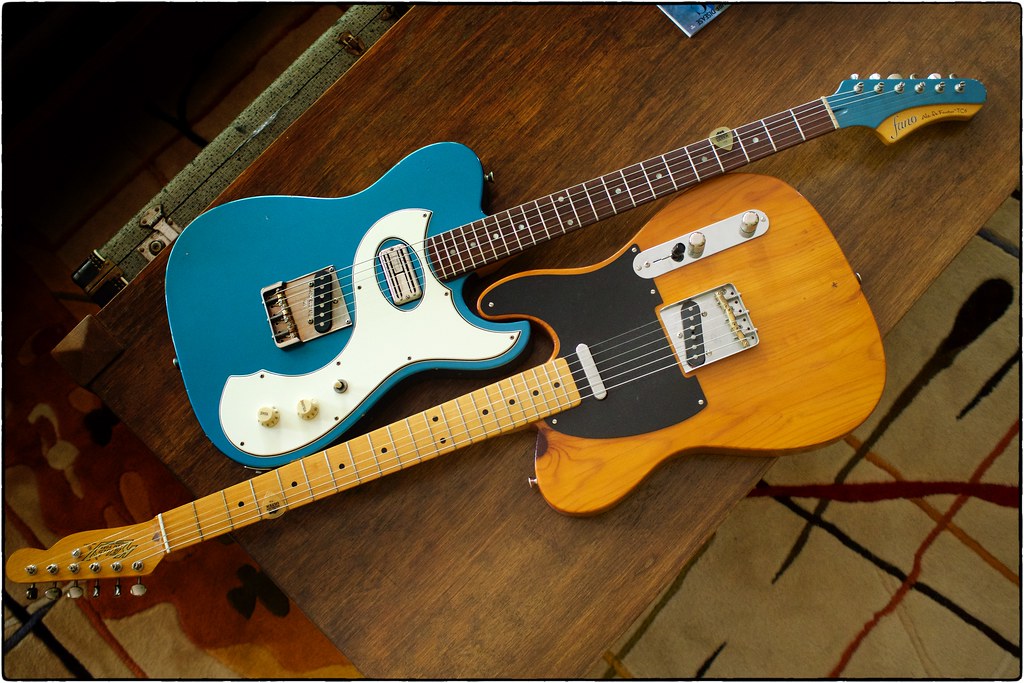In my case, I would ask if your evaluations of M 4/3 photography would be different if you almost only shoot in sunny situations where no high ISO is needed. ...
...
Not at all. Although it would be at the bottom of my list.
Perceived image quality is directly related to the inhererent raw file's signal-to-noise ratio. One factor that determines the total light (signal) you can record is the square root of sensor area.
Sometimes S/N is very useful in "in sunny situations".
In bright light. some regions important to the photograph could be in shadow. A common example would be someone's face well-shaded by a hat brim. If the the person's eyes are important to the photograph, you have to selectively push this shadow region in post-production. Or, you could have used a powerful strobe or even a strategically placed passive reflector.
Important shadow regions in well-lit scenes regions are underexposed. Their S/N is lower than the brightest regions (usually the sky) that are well exposed. The perceived image quality of shadow regions is affected. This has nothing to do with ISO amplification after the shutter closes. In fact at a camera's base ISO (e.g. 200), there is no ISO amplification.
The problem in a low-light scene is the same as shadow regions' in a bright-light scene. The problem is underexpose compared to the maximum possible exposure of the sensor when the shutter is open. The problem is S/N. With most contemporary cameras ISO amplification does not significantly increase noise levels. The purpose of ISO amplification is to increase the signal levels after the shutter closes. The purpose of increasing ISO is to compensate for unavoidable underexposure. Every time you think about high-ISO, think about low signal instead.
To be complete, the inherent sensor area S/N disadvantage of m4/3 compared to APS-C is small.
Also, often shadow regions in sunlight are not important and are best left as shadows during post-production rendering. Now their lower S/N is irrelevant.
Finally, in bright light (base ISO) much of the image area is well-exposed. Only shadow regions, and deep shadow regions in particular, are significantly affected decreased signal levels. In low light (when signal amplification is applied after the shutter closes) much more, if not all, of the image has a lower S/N ratio.

















